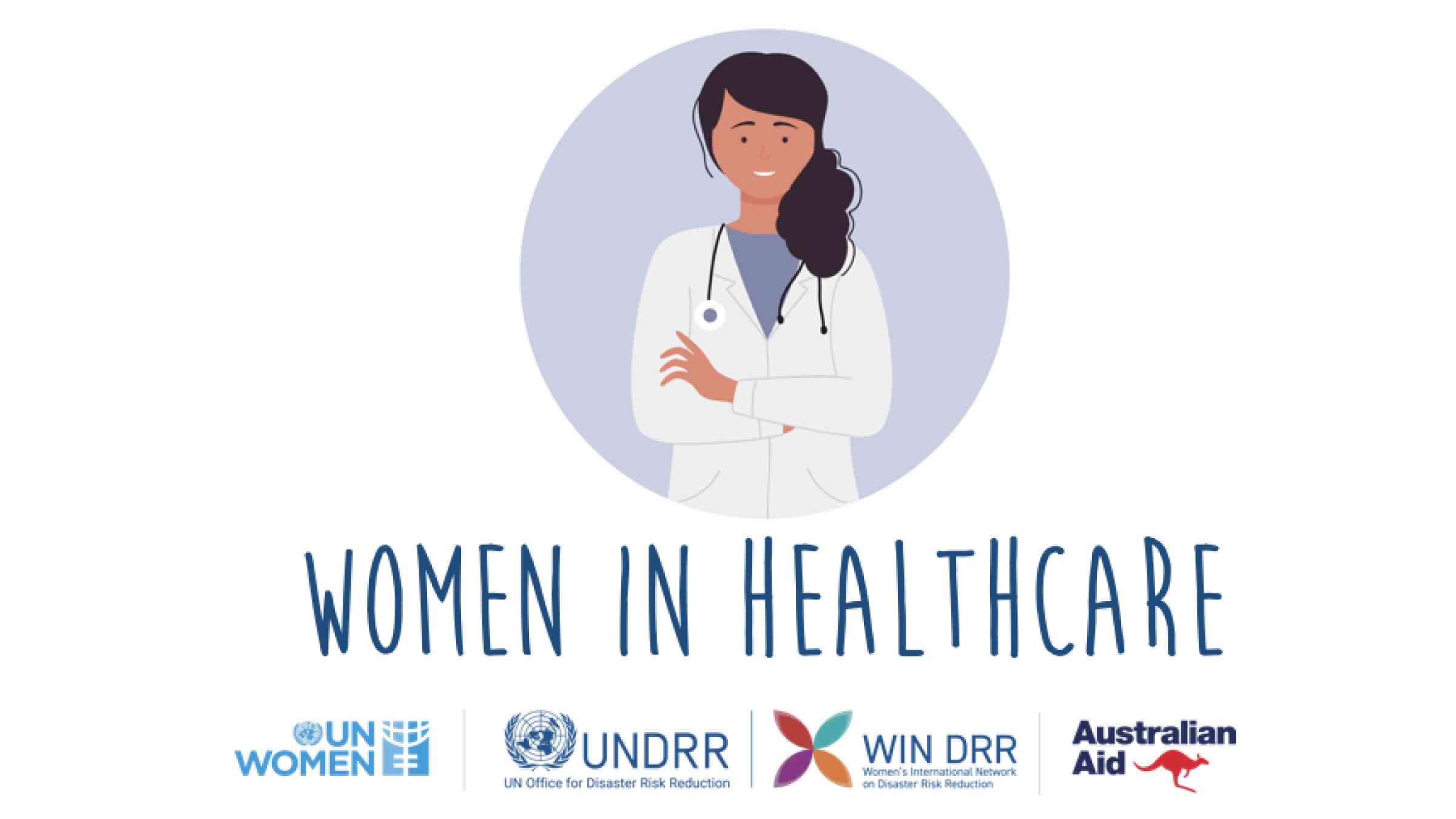Healthcare RCM Devices to Take Full Advantage Of Profits and Lessen Rejections
Healthcare RCM Devices to Take Full Advantage Of Profits and Lessen Rejections
Blog Article
A Comprehensive Guide on How Health Care RCM Works to Improve Billing and Collections
Browsing the complexities of health care profits cycle monitoring (RCM) is important for suppliers intending to boost their billing and collections processes. The guide unloads the details of RCM, from patient registration to accounts receivable management, supplying insights right into optimizing each action.
Understanding Profits Cycle Management
RCM is a critical administrative function that incorporates the whole monetary process of person treatment, from the initial consultation setting to the final settlement of the equilibrium. It is an intricate treatment designed to identify, gather, and handle the revenue from the solutions given to patients.
The RCM procedure begins when an individual routines a consultation and extends via the person's care trip, consisting of billing and collections. A key objective is to minimize the time between supplying a solution and obtaining settlement, hence improving the organization's financial wellness. RCM entails various features such as client registration, insurance policy confirmation, cost capture, coding, asserts submission, repayment posting, and managing denials and charms.
Trick Parts of RCM
In the world of Earnings Cycle Administration (RCM), understanding its essential elements is essential to attaining financial performance within medical care companies. RCM is an extensive procedure that includes numerous phases, each vital to making sure reliable billing and collections. The key parts include person registration, insurance verification, cost capture, coding, insurance claim entry, settlement publishing, and accounts receivable management.


When coded, claims are sent to payers, where precision is vital to prevent delays or rejections - Healthcare RCM. Repayment uploading entails taping the gotten payments, which enables for the settlement of accounts. Finally, receivables monitoring concentrates on monitoring and addressing unpaid insurance claims, making sure prompt follow-up and resolution
Each element of RCM is interconnected, and inefficiencies in any part can interfere with the whole cycle. Therefore, mastering these components is essential for doctor to maximize revenue and enhance their financial health.
Techniques for Effective Invoicing

Systematizing invoicing procedures throughout the company is one more vital technique. Establishing clear guidelines for documentation, coding, and entry aids keep uniformity and compliance with governing requirements. Educating team regularly on these procedures guarantees every person is up-to-date with the most up to date changes in invoicing codes and payer plans.
Exact cost capture is crucial in protecting against revenue leak. Applying regular audits and surveillance systems enables the identification and adjustment of disparities prior to they affect income. Furthermore, maintaining open lines of interaction with payers aids to promptly settle any disagreements or misconceptions that might occur.

Last but not least, appealing clients early in the invoicing process by giving clear estimates and instructional materials concerning their financial responsibilities can significantly minimize complication and improve repayment timeliness. These techniques collectively contribute to a more efficient and financially healthy and balanced billing system.
Enhancing Collections Procedures
Provided the complexities of medical invoicing and the selection of payer requirements, enhancing the collections process involves applying calculated measures that guarantee precise and prompt settlement of services rendered. Automation devices can aid in tracking claim statuses, sending out timely tips to clients, and managing rejections more efficiently.
Educating staff to understand the nuances of insurance plan and billing codes is equally important. This understanding encourages them to deal with payment disparities swiftly and communicate efficiently with individuals concerning their economic responsibilities. Moreover, clear and clear patient interactions are critical. Supplying in-depth explanations of costs and providing adaptable payment plans can increase individual contentment and timely payments.
Routine audits of the collections process must be conducted to recognize locations for enhancement and guarantee conformity with laws. By examining data, health care companies can identify trends, anticipate possible concerns, and adjust methods as necessary (Healthcare RCM). Eventually, a well-enhanced collections web link procedure not just sustains monetary health yet additionally adds to a more smooth experience for people and team alike
Optimizing Profits Streams
Building upon the foundation of a solid collections procedure, health care companies can further boost their economic security by strategically optimizing revenue streams. This involves a multi-faceted approach, starting with a comprehensive analysis of existing profits sources to recognize inefficiencies and areas for growth. Using innovative data analytics devices makes it possible for organizations to get insights into payer mix, client demographics, and service utilization patterns, permitting data-driven choices that improve profits capture.
Executing automated payment systems can dramatically minimize mistakes and expedite cases processing, making sure that revenue is collected more efficiently. In addition, optimizing payer contracts via routine arrangements can improve reimbursement prices and terms, straight impacting the bottom line. Diversifying service offerings, such as including telehealth or health care, can also attract a more comprehensive individual base, thus boosting revenue potential.
One more vital element is enhancing person involvement and satisfaction, as completely satisfied clients are most likely to comply with therapy strategies and make prompt settlements. Supplying flexible repayment options and transparent invoicing practices can enhance collections and foster individual commitment. Healthcare RCM. By embracing these methods, healthcare organizations can develop a more resilient Visit Your URL economic framework, making certain sustained growth and security in an ever-changing sector landscape
Final Thought
In conclusion, healthcare Profits Cycle Administration (RCM) plays a crucial function in enhancing payment and why not check here collections processes by incorporating crucial components such as client registration, insurance policy confirmation, cost capture, coding, asserts entry, and receivable administration. By utilizing advanced innovation, systematizing procedures, and promoting patient interaction, doctor can considerably reduce claim denials, accelerate settlement cycles, and boost capital. This extensive technique to RCM eventually leads to boosted financial effectiveness and sustainability for healthcare companies.
The RCM procedure starts when a person schedules a consultation and expands via the person's care trip, including invoicing and collections.An additional critical element is boosting person interaction and satisfaction, as completely satisfied people are a lot more likely to adhere to treatment strategies and make prompt payments. Providing adaptable settlement alternatives and transparent billing practices can enhance collections and foster client loyalty.In conclusion, health care Revenue Cycle Management (RCM) plays a vital duty in maximizing invoicing and collections procedures by integrating key parts such as client enrollment, insurance confirmation, cost capture, coding, asserts entry, and accounts receivable management. By using advanced modern technology, standardizing treatments, and promoting client involvement, healthcare suppliers can considerably reduce claim denials, increase settlement cycles, and enhance cash flow.
Report this page